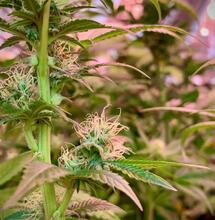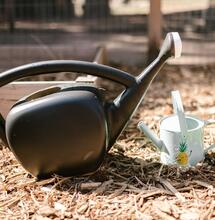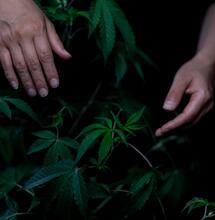Micronutrients- Manganese

Manganese is usually found in minerals in combination with Iron and never as a free element. A required trace mineral for all living things, manganese plays an essential role in many plant processes. These include photosynthesis, respiration, nitrogen assimilation, pollen germination, root cell elongation and resistance to pathogens. Manganese is present in soil from when weathered metamorphic and sedimentary rocks and other minerals break down. It is also found in nodules on the seafloor and is present in some natural water supplies.
In indoor growing, manganese is included in your nutrient feed in the form of manganese sulfate or Mn2+ at about 0.5-1.0ppm. Manganese, like all micronutrients, is only needed in tiny amounts. It is, however, the micronutrient required in the second most significant quantities after Iron. It is very similar to Iron. As a result, its deficiencies and toxicities can be misdiagnosed as Iron and vice versa.
Manganese deficiency symptoms appear very similar to Iron deficiency; younger leaves will suffer yellowing between the leaf's veins. You may also see brown-black specks appearing in affected areas. A deficit can result from your medium pH is too alkaline (above 6.5) as such conditions inhibit manganese uptake. It could also be caused by under-dosing your plants with nutrient feed or using a feed/fertiliser that does not cover the whole range of micronutrients. To correct, test the pH of your medium. If you find it too alkaline, try a more concentrated dose of your nutrient feed or change to a feed with a broad mix of all the micronutrients. Similarly to when you have an iron deficiency, you could also add a chelated iron and manganese treatment to the medium around the plant's roots.
Toxicity can be identified by burnt tips and margins or brown-red spots across older leaves. If toxicity is severe, you will see the spots increase and overgrow to where they are more like patches than spots. To eliminate toxicity, check your medium's pH. If it is too high, adjust it by flushing with water and starting again with nutrients at a slightly weaker strength to make conditions less acidic. The plant too quickly takes up manganese if the pH of the medium is below 5.5, which would then cause toxicity, as would over-dosing your plants with nutrient feed.
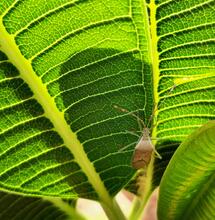

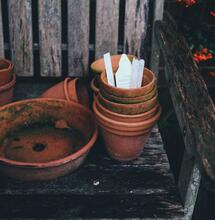
.png)

